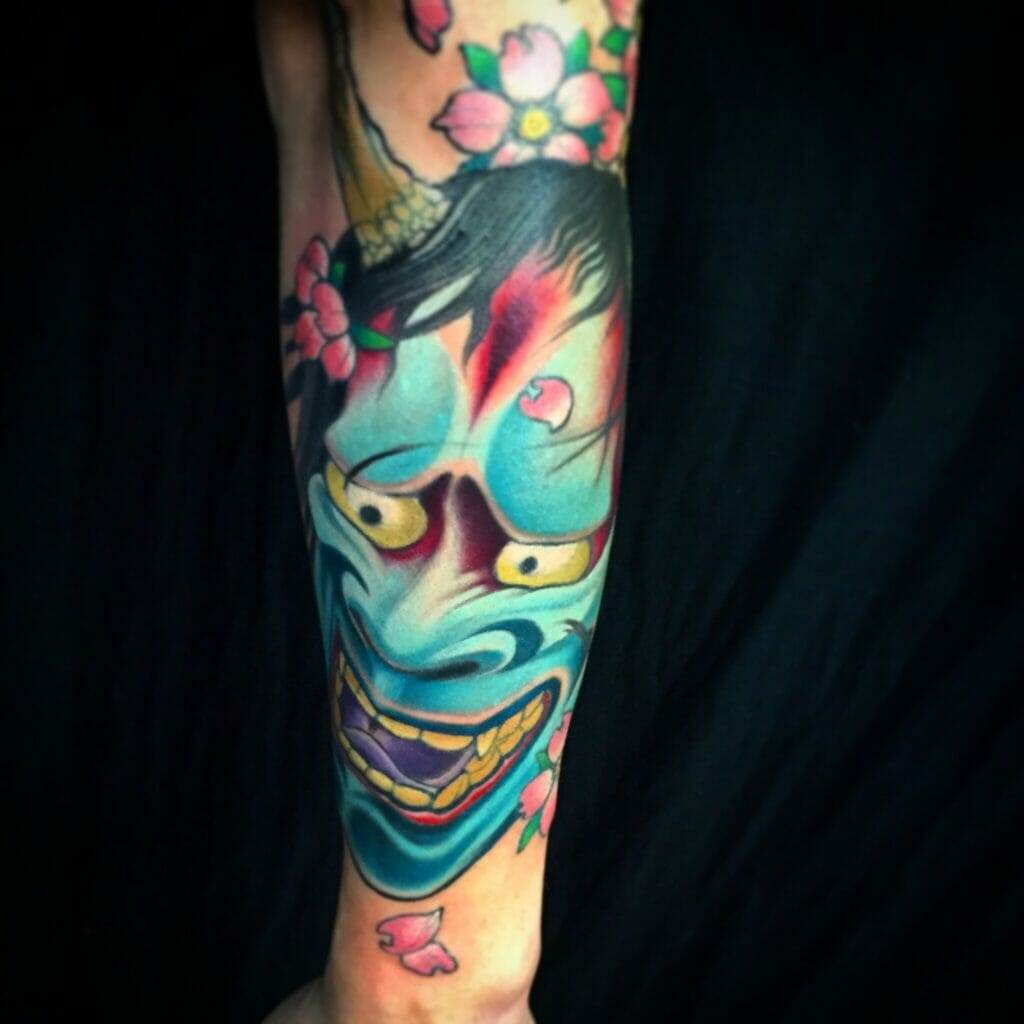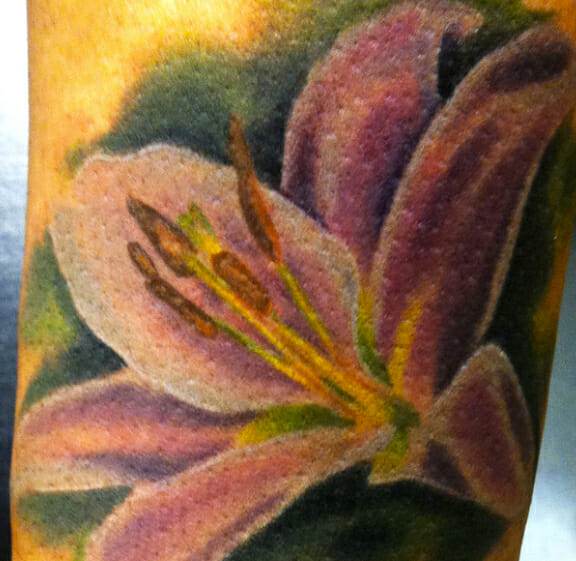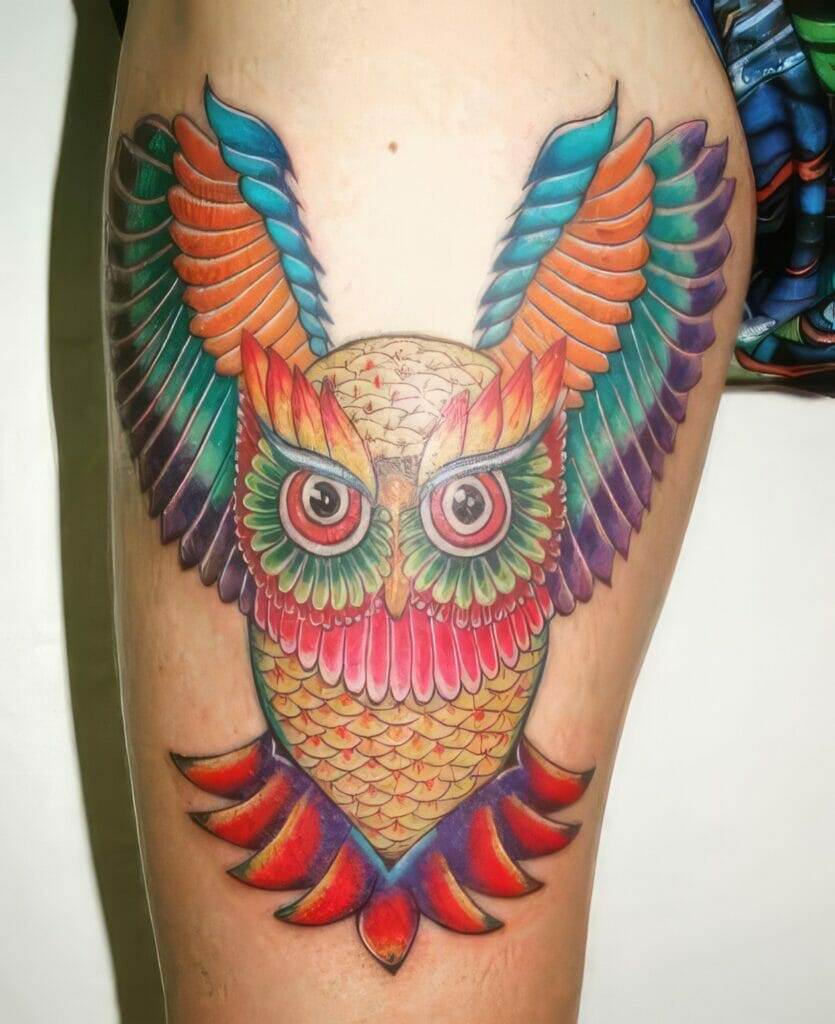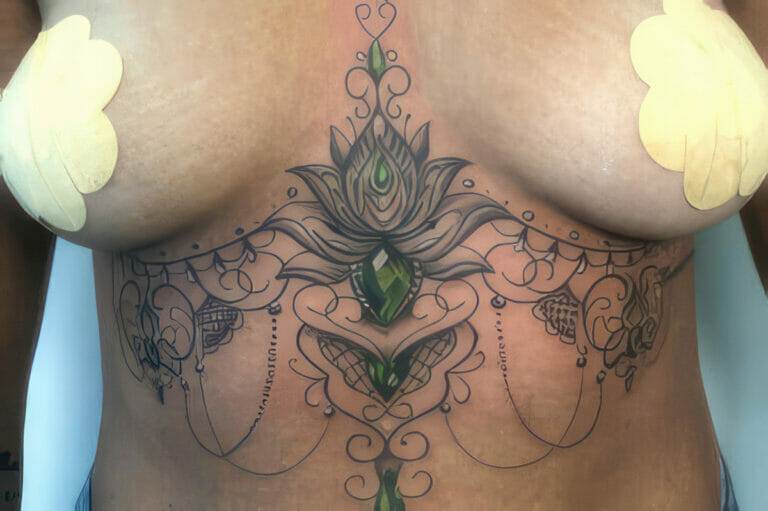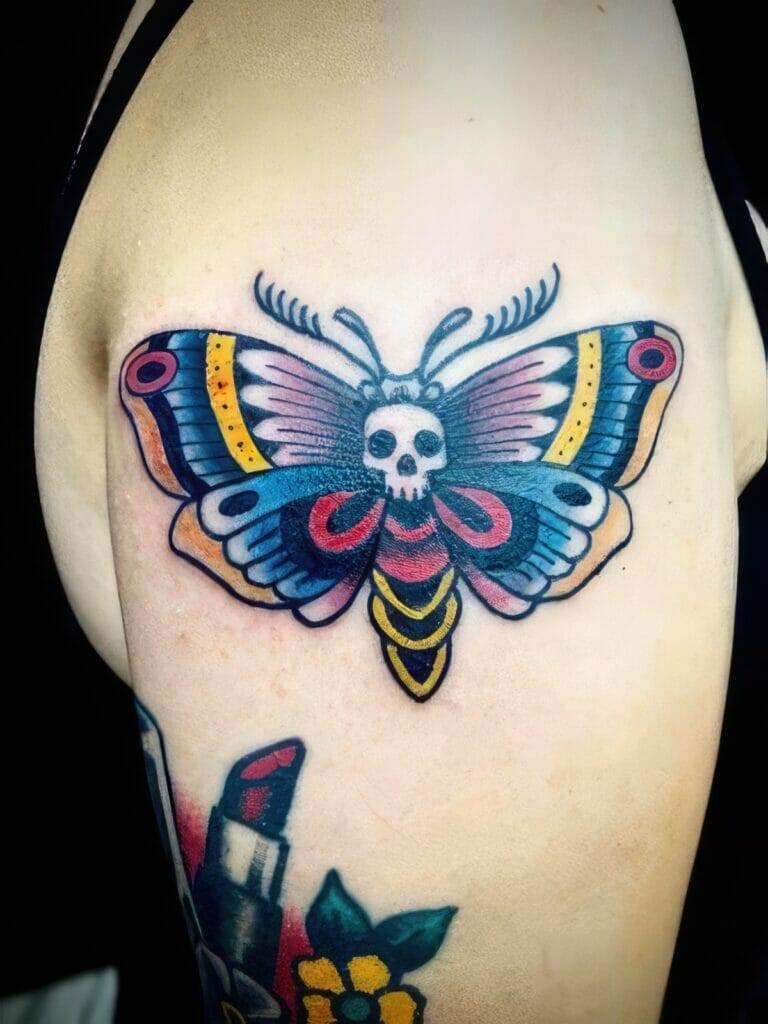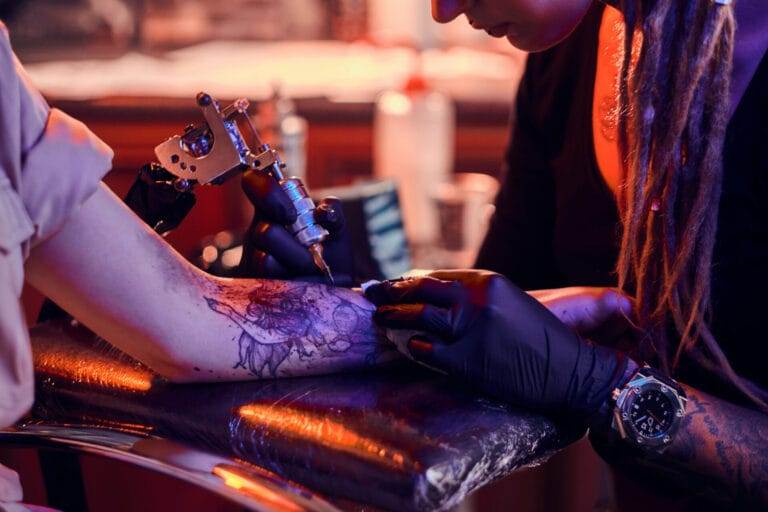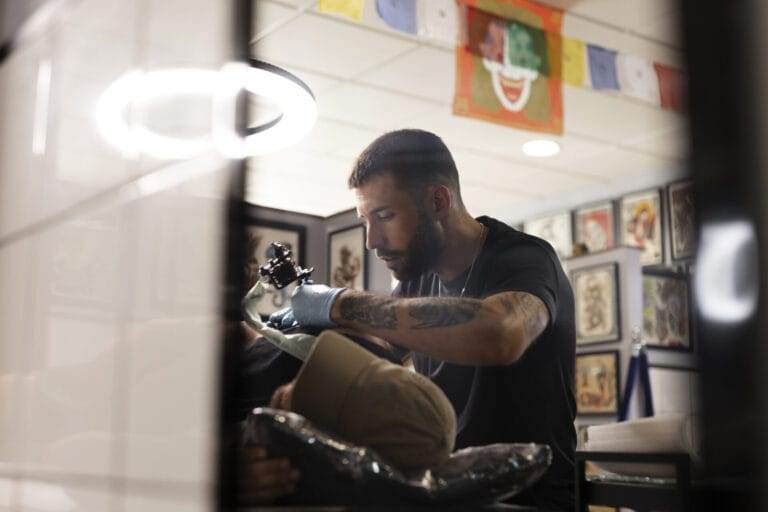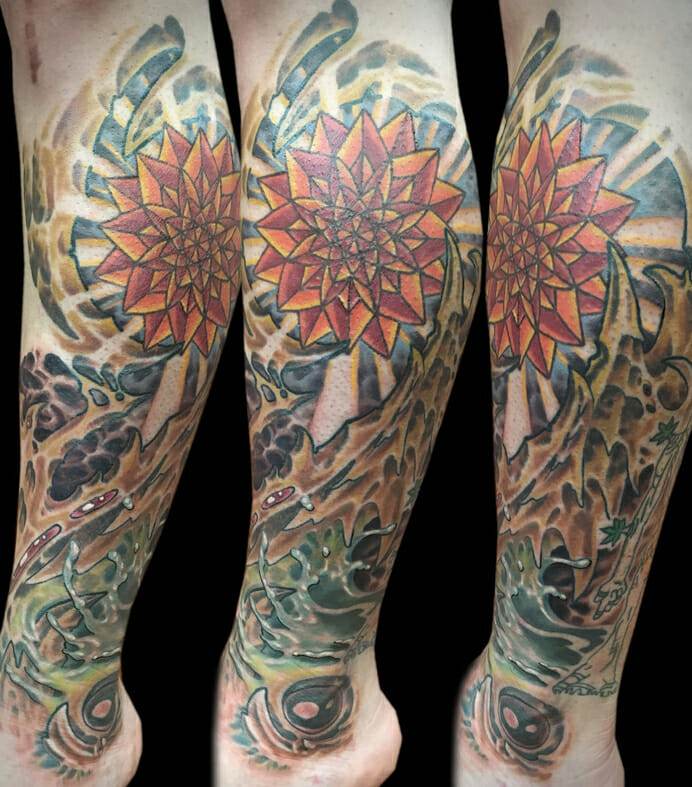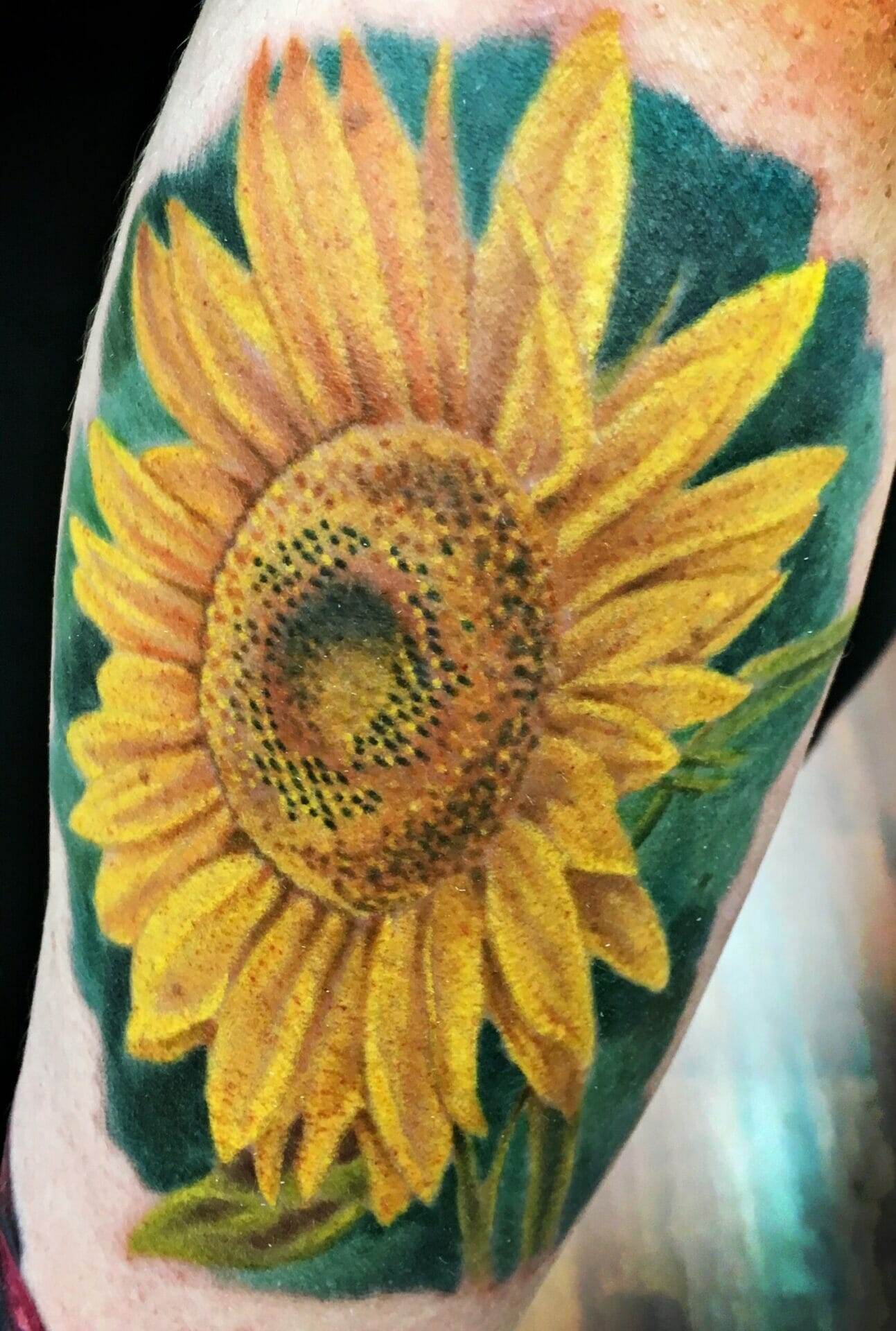
Watercolor tattoos have gained significant popularity in recent years, becoming a major trend in the tattoo industry. With their vibrant colors and artistic style, these tattoos have captured the attention of tattoo enthusiasts and artists alike. In this blog post, we will explore the rise of watercolor tattoos and the unique appeal that has contributed to their popularity in the industry.
The rise of watercolor tattoos in the tattoo industry
Watercolor tattoos have emerged as a popular choice for those looking for a unique and artistic design. This tattooing style originated from traditional watercolor paintings, with artists adopting similar techniques onto the skin using tattoo ink. The combination of delicate brushstrokes, blending colors, and the absence of black outlines give watercolor tattoos a soft and ethereal appearance.
Unlike traditional tattoos that rely on bold lines and solid colors, watercolor tattoos emphasize fluidity and transparency. This style allows for more freedom and creativity, as artists can experiment with different color combinations and create one-of-a-kind designs. The lack of strict boundaries and defined outlines gives watercolor tattoos a more organic and natural look, almost as if they were painted directly onto the skin.
The unique appeal and popularity of watercolor tattoos
Watercolor tattoos have gained popularity for several reasons. Firstly, these tattoos offer a fresh and modern alternative to traditional tattoo designs. The use of vibrant colors and abstract shapes in watercolor tattoos adds a contemporary twist to the art form, appealing to a younger generation of tattoo enthusiasts.
Furthermore, watercolor tattoos often convey a sense of emotion and sentimentality. The soft and dreamy aesthetic of these tattoos can evoke a range of feelings and meanings, making them deeply personal and significant to the wearer. Whether it’s a representation of a cherished memory or an expression of individuality, watercolor tattoos provide a unique way to showcase personal stories and symbolism.
In addition, the versatile nature of watercolor tattoos makes them suitable for various body placements. They can be seamlessly integrated into larger tattoo compositions or stand alone as a focal point. Their delicate and visually striking appearance also makes them well-suited for smaller designs, such as wrist or ankle tattoos.
In conclusion, the rise of watercolor tattoos in the tattoo industry has been fueled by their artistic appeal, versatility, and emotional significance. As more artists continue to explore this tattooing style and push the boundaries of creativity, watercolor tattoos are likely to remain a popular choice for those seeking a unique and visually captivating form of self-expression.
What are Watercolor Tattoos?
Exploring the technique and characteristics of watercolor tattoos
Watercolor tattoos have become a popular trend in the tattoo industry due to their vibrant colors and artistic style. These tattoos originated from traditional watercolor paintings, with artists adopting similar techniques onto the skin using tattoo ink. The absence of black outlines and the emphasis on delicate brushstrokes and blending colors give watercolor tattoos a soft and ethereal appearance. Unlike traditional tattoos, watercolor tattoos prioritize fluidity and transparency, allowing for more creative freedom and experimentation with different color combinations.
Benefits and challenges of getting a watercolor tattoo
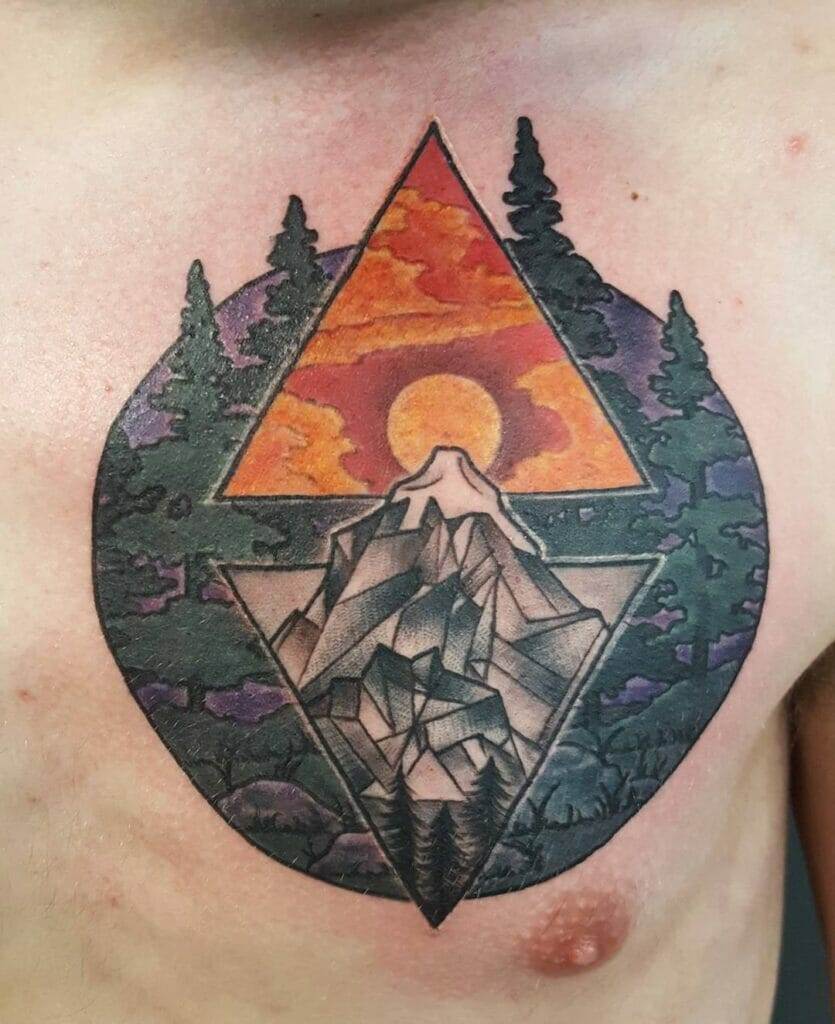
Watercolor tattoos offer a fresh and modern alternative to traditional designs, appealing to a younger generation of tattoo enthusiasts. The use of vibrant colors and abstract shapes adds a contemporary twist to the art form. Additionally, watercolor tattoos often convey a sense of emotion and sentimentality, making them deeply personal and significant to the wearer.
However, there are challenges associated with watercolor tattoos. The lack of defined outlines can make the tattoo susceptible to fading and blurring over time. It is crucial to find an experienced artist who specializes in watercolor tattoos to ensure the longevity and integrity of the design. Furthermore, as watercolor tattoos rely heavily on color blending, touch-ups may be required to maintain the vibrancy of the tattoo.
In conclusion, watercolor tattoos have gained popularity in the tattoo industry due to their artistic appeal and ability to convey emotions and personal stories. Although there are challenges associated with this tattooing style, the unique and visually striking nature of watercolor tattoos continues to attract those seeking a distinctive form of self-expression.
Choosing the Right Design
Inspiring watercolor tattoo ideas and designs
Watercolor tattoos offer a wide range of possibilities for unique and artistic designs. Some popular ideas include:
- Abstract watercolor designs: These tattoos use vibrant colors and brushstroke-like patterns to create abstract and visually striking designs.
- Nature-inspired tattoos: Flowers, animals, and landscapes can be beautifully rendered in watercolor style, adding a sense of natural beauty and serenity to the tattoo.
- Personal symbols and objects: Watercolor tattoos can incorporate personal symbols, quotes, or objects with special meaning to the wearer, adding an extra layer of personal significance to the design.
Factors to consider when selecting a design
When choosing a watercolor tattoo design, there are a few factors to consider:
- Size and placement: The size and placement of the tattoo can impact the design’s visibility and overall effect. Consider how the design will look on different parts of your body and if it will fit your desired placement.
- Color palette: Watercolor tattoos are known for their vibrant colors. Think about the colors you want to incorporate and how they will complement each other.
- Artist compatibility: Finding an experienced artist who specializes in watercolor tattoos is essential. Look for their portfolio to ensure their style aligns with your vision. Additionally, discussing the design with the artist can help determine if they can bring your idea to life.
By considering these factors and exploring different design inspirations, you can choose a watercolor tattoo that reflects your personality and stands out as a unique piece of body art.
Preparing for Your Watercolor Tattoo
Tips for preparing your skin and body before getting a watercolor tattoo
Before getting a watercolor tattoo, it is important to properly prepare your skin and body to ensure the best results. Here are some tips to consider:
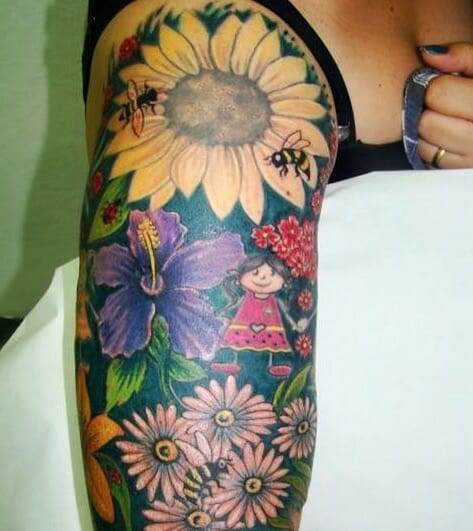
- Hydrate your skin: Drink plenty of water in the days leading up to your tattoo appointment. Well-hydrated skin absorbs ink better, resulting in a more vibrant and long-lasting tattoo.
- Avoid sun exposure: Protect your skin from the sun and avoid tanning beds before getting a watercolor tattoo. Sunburned or tanned skin can make it more challenging for the artist to work on your tattoo and may affect the final colors.
- Cleanse and moisturize: Take a shower and gently cleanse the area where the tattoo will be placed. Avoid using harsh soaps or exfoliators. Afterward, apply a fragrance-free and non-greasy moisturizer to keep your skin hydrated.
- Consider shaving: Depending on the location of your tattoo, you may want to consider shaving the area before your appointment. This will help the artist have a clearer view and make it easier for them to work on the design.
Managing expectations and understanding the tattoo process
Getting a watercolor tattoo is an artistic process that requires proper understanding and management of expectations. Here are a few things to keep in mind:
- Consult with your tattoo artist: Have a detailed discussion with your chosen tattoo artist to ensure they understand your vision and can execute it effectively. It is essential to communicate any specific elements you want to be included in the design.
- Understand color fading: Watercolor tattoos tend to fade faster compared to traditional black ink tattoos. Be aware that over time, the colors may soften and blend together, giving the tattoo a more watercolor-like appearance.
- Follow aftercare instructions: After getting your watercolor tattoo, your artist will provide you with specific aftercare instructions. Follow these instructions carefully to promote proper healing and prevent infection or color loss.
- Touch-ups may be necessary: Due to the delicate nature of watercolor tattoos, touch-ups may be required over time to maintain the vibrancy and integrity of the design. Discuss this possibility with your artist during the initial consultation.
By following these tips and understanding the tattoo process, you can properly prepare for your watercolor tattoo and ensure a successful and satisfying experience.
The Tattooing Process
Step-by-step breakdown of the watercolor tattooing process
When getting a watercolor tattoo, it’s important to understand the process involved. Here is a step-by-step breakdown:
- Consultation: Your tattoo artist will discuss your design ideas, placement, and size to ensure they understand your vision.
- Preparing the skin: The artist will clean and prepare the area where the tattoo will be placed, ensuring it is free of dirt, oil, and hair.
- Creating the design: Using a stencil or drawing freehand, the artist will transfer the design onto your skin. You will have the opportunity to review and make any necessary adjustments before the tattooing begins.
- Tattooing: Using a tattoo machine, the artist will begin the tattooing process. They will carefully inject ink into the skin, layering colors to create the desired watercolor effect. The process may be slightly more time-consuming than traditional tattooing due to the need for blending and layering colors.
- Staying still: It’s important to remain as still as possible during the tattooing process to ensure the lines and colors are applied accurately.
- Cleaning and aftercare: Once the tattoo is complete, the artist will clean the area and apply an ointment or bandage to protect it. They will provide you with specific aftercare instructions to promote proper healing.
What to expect during your tattoo session
During your tattoo session, it’s important to be prepared and know what to expect. Here are a few things you might experience:
- Discomfort: While everyone’s pain tolerance is different, it’s common to experience some discomfort during the tattooing process. The artist will work with you to ensure your comfort and may offer breaks if needed.
- Noise: The sound of the tattoo machine can be loud and may vary depending on the artist’s technique and equipment.
- Tattooing time: The duration of the tattoo session depends on the size and complexity of the design. Watercolor tattoos often require more time due to the intricate layering and blending techniques.
- Communication with the artist: During the session, it’s important to communicate openly with your artist. If you have any concerns or questions, don’t hesitate to ask.
By understanding the tattooing process and knowing what to expect during your session, you can approach your watercolor tattoo experience with confidence and make the most out of your design.

